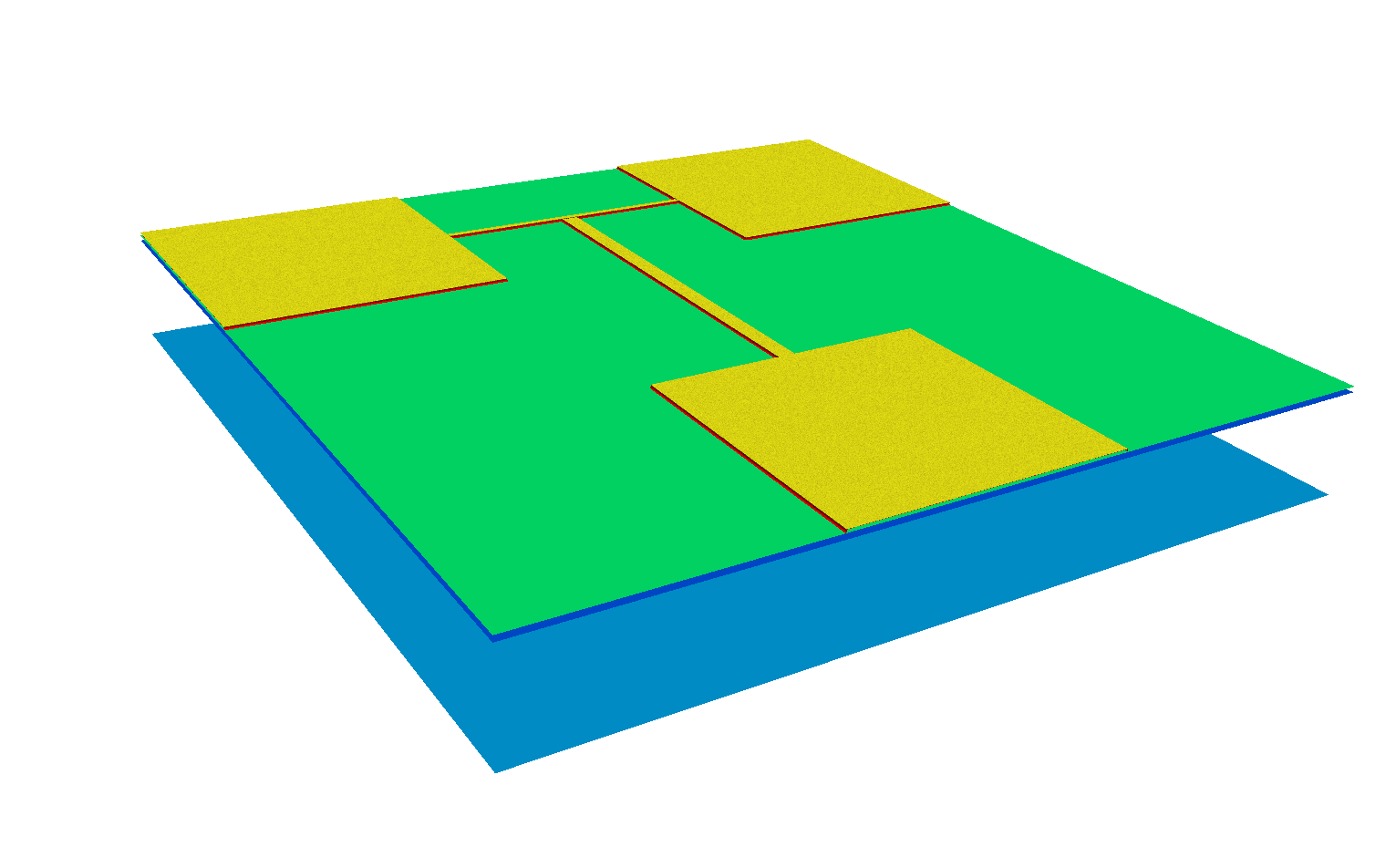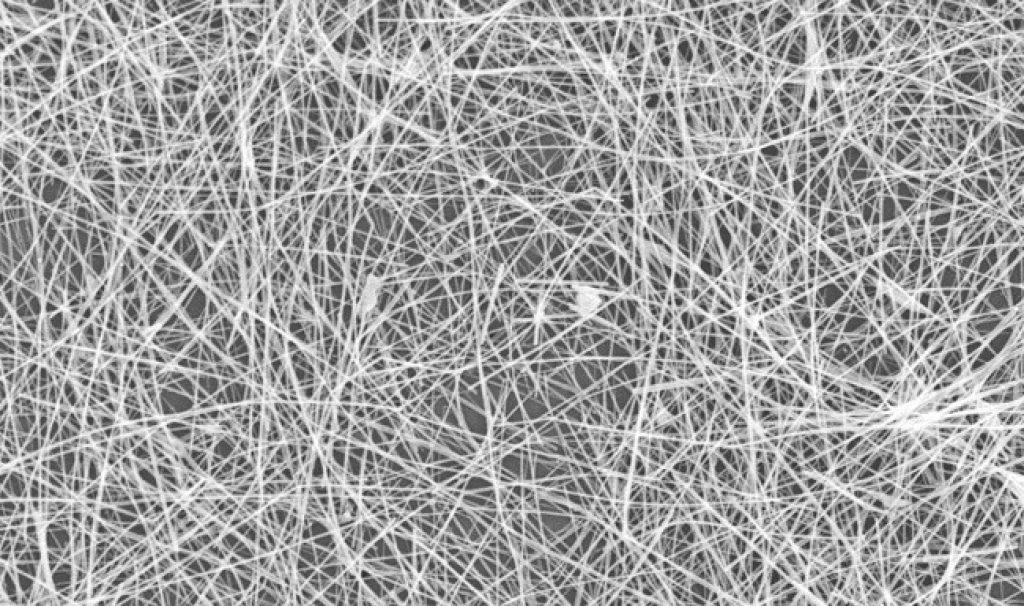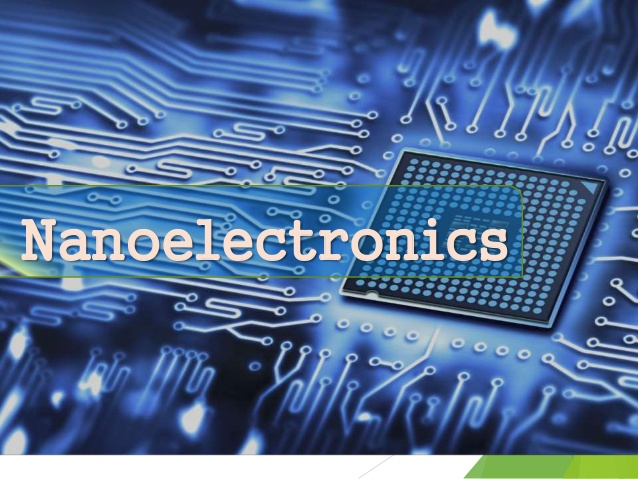Amplification of Nano Wires Nano Wire by Electron Nano Lithography (PhD in Nano-Microelectronics)
Researcher and author: Dr. ( Afshin Rashid)
Note: Electron beam nano-lithography is usually performed in a special environment or in equipment designed specifically for this purpose. In both cases, an electron beam with accurate focus is scanned sequentially along the sample to show resistance.
The electron beam nano-lithography process is inherently slow compared to other methods because the electron beam requires a limited time at each point of exposure. It is rare to be exposed to a sample multiple times. Some developments are underway for multi-electron beam exposure . In contrast to long exposure times, very high resolution (below 100 nm) is typically achieved by electron beam nano-lithography and, with a little optimization and appropriate equipment, reaches the range of 10 nm, as occurs in electron beam nano-lithography . Positive and negative resistances are present in electron beam nano-lithography as well as the ability to perform lifting processes that save the etching step. Electron beam nano-lithography It is a good technique for laboratory research and prototyping, given that operational capacity is not an important issue and a very good solution is obtained. Similarly , electron beam nano-lithography , in the case of nano-processes, relies on changing the solubility of the resistor after exposure. However, in electron beam nano-lithography, electron-sensitive resistance should be used instead of the image capture.
The processes of nanowire amplification on silicon wafer Silicone wafer make Si Nanowire arrays more reproducible and uniform, allowing the properties of nanowires to be adjusted. The nanowire amplification process always involves depositing a metal and bonding it in a solution containing hydrofluoric acid (HF) and an oxidizer. Silicon is produced only where metal nanoparticles touch the silicon, so electrochemical reactions with the mediation of nanoparticles. As the silicon is transported, the nanoparticles move into the resulting nanoparticles. Because silicon is only locally vaulted, this process can lead to properties with very high aspect ratios in nanowires. Useful flat bed of silicone wafer particles bonded with nanowires and For biological applications, Si (silicon wafer) has glass-like properties and can be used to mount or grow nanowire particles. It can be easily removed or used as a whole nanowire amplifier wafer. Silicon Nanowire Arrays or SiNWs are vertical arrays of silicon nanowires on a flat crystalline silicon wafer substrate. These nanowires are made by a catalytic oxidation and Si dissolution in the presence of metal catalyst nanoparticles - a self-organizing process commonly known as the metal-chemical amplified process with the help of silicon wafers .
Conclusion :
Electron beam nano-lithography is usually performed in a special environment or in equipment specially designed for this purpose. In both cases, an electron beam with accurate focus is scanned sequentially along the sample to show resistance.
Researcher and author: Dr. ( Afshin Rashid)
PhD in Nano-Microelectronics




